Toddlers’ brains: how toddlers think
Toddlers’ brains are only half-finished. As a result, toddlers think in fundamentally different ways from adults.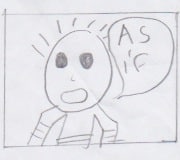 For toddlers, the impossible is just as likely to be true and the laws of the physics don’t exist. Interpreting toddler behaviour according to adult logic is therefore pointless – and it sometimes leads us to draw conclusions that aren’t always helpful. Toddlers make much more sense if you step inside their heads and try and see the world from their level of development.
For toddlers, the impossible is just as likely to be true and the laws of the physics don’t exist. Interpreting toddler behaviour according to adult logic is therefore pointless – and it sometimes leads us to draw conclusions that aren’t always helpful. Toddlers make much more sense if you step inside their heads and try and see the world from their level of development.
So here’s a quick guide to what every parent needs to know about toddlers’ brains in order to interpret toddler behaviour accurately.
Why can’t toddlers walk from A to B without being distracted by a leaf?
The part of the brain that enables adults to focus on a task and resist distractions is called the pre-frontal cortex. The pre-frontal cortex is involved in thinking, planning and focusing and it isn’t well developed in toddlers’ brains. In fact, the pre-frontal cortex isn’t fully functioning until after the final brain re-wiring in the teenage years. In essence, toddlers lack the wiring in the brain that inhibits distractions. In terms of learning, this is great news as it means they are open to every possibility: their investigative options are endless! Take a toddler for a walk and every puddle, insect, weed and piece of litter is fascinating and requires exploration. Toddlers simply can’t hold in their heads for more than a moment that there is a higher purpose to the walk (even if it is something they really wanted to do such as getting to the park!). Park? What park? Right now, that leaf is way more important!
Parents’ brains: “The purpose of this walk is to get to the shops.” Toddlers’ brains: “Wow, look at that shiny wrapper blowing along the ground!”
Why isn’t the green cup as good as the blue cup?
The cognitive ability to understand that the same amount of juice is the same amount of juice no matter which cup it is in (a thought process called ‘conservation’) does not develop until age 6 or 7. If you pour a drink from a short wide cup to a tall thin cup a toddler will believe there is more drink in the tall wide cup even if she watched you pour it from one cup to another. Toddlers’ brains simply can’t compute that different shapes and sizes of containers can hold the same amount of drink. And the juice in the green cup really is different from the juice in the blue cup because it looks different. It will take a few more years of water play and repetitively pouring water from one container to another for her to grasp the abstract concepts of volume, size and transferability (see Help! Is my toddler OCD?).
Parents’ brains: “Stop being so obsessive, the blue cup is in the dishwasher.” Toddlers’ brains: “That’s the wrong drink.”
Why do toddlers snatch?
Toddlers are intrinsically selfish and egocentric. This isn’t a moral judgement, it is simply that toddlers’ brains have not yet developed the cognitive sophistication to understand that other people exist in their own right and that other people have thoughts and feelings that might be different from their own. They don’t yet have a ‘theory of mind’ that enables them to put themselves in someone else’s shoes. In a toddler’s head, if he knows/thinks/feels something then he has always known/thought/felt that and everyone else also knows/thinks/feels it at the same time. If you don’t believe me, check out this clip of 3-year-olds undertaking false-belief tasks.
As a result, when a toddler wants a toy he isn’t able to make the leap of thought that tells him that the other child might not want him to have the toy. When he takes the toy, it isn’t an act of aggression, it is simply the logical fulfilment of a desire. That’s why toddlers often look completely bemused at the reactions of other children – a toddler truly is the centre of their own world.
Parents’ brains: “How embarrassing, my child is a thug.” Toddlers’ brains: “Brilliant, I’ve got the toy, all’s right with the world.”
Why do toddlers always want what their brother or sister is playing with?
We’ve all done it. Your older older one is playing with his action figure. The toddler watches then drops her (age-appropriate) toy and demands to have the action figure. In a brave parental effort to encourage sharing and kindness (and avoid a tantrum) you persuade the older one to give her the action figure. Big brother is having a good day so he gives her the toy and starts playing with a car instead. Toddler instantly drops the action figure and demands the car. Why do they do that?!
Toddlers learn through imitation – by watching and copying. As soon as they can sit up and focus, babies are often fascinated by other children playing. Once they are toddlers, they want to join in. But toddlers don’t yet have the social and communication skills to successfully engage in joint play with another child – the early version of this is wanting to play with the same toy as another child. That’s why two toddlers will often enjoy playing with the same group of toys alongside each other without ever engaging with each other. And why they so often want the exact toy another child has (even in a room full of other toys). A toy holds most interest to a toddler when another child is playing with it!
Parents’ brains: “I give up.” Toddlers’ brains: “I want to do what he’s doing!”
Liked this post? Subscribe to our monthly emails for more!

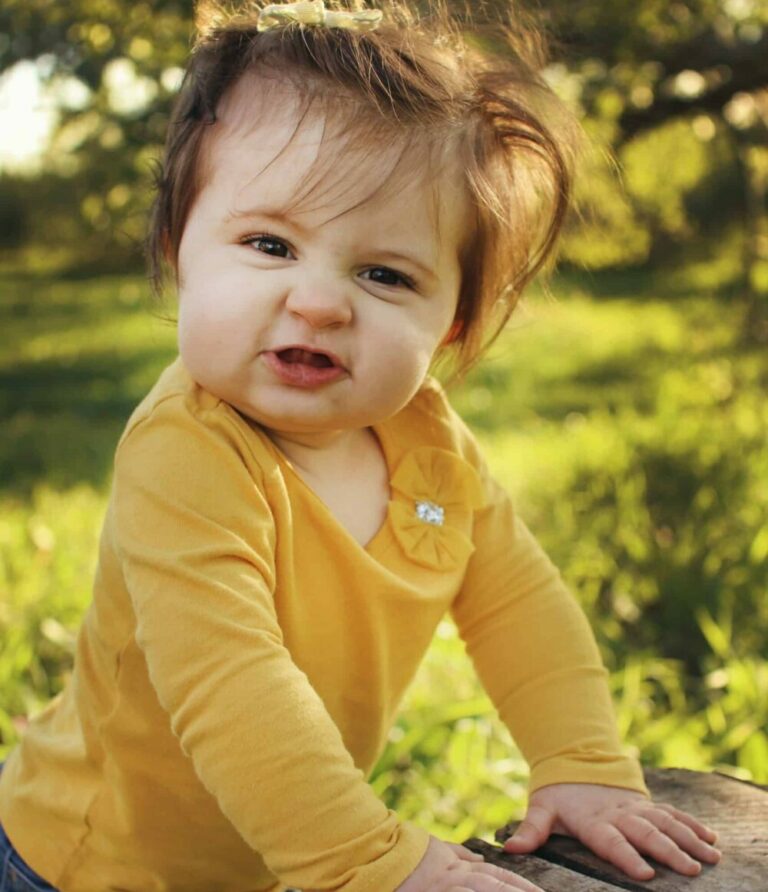

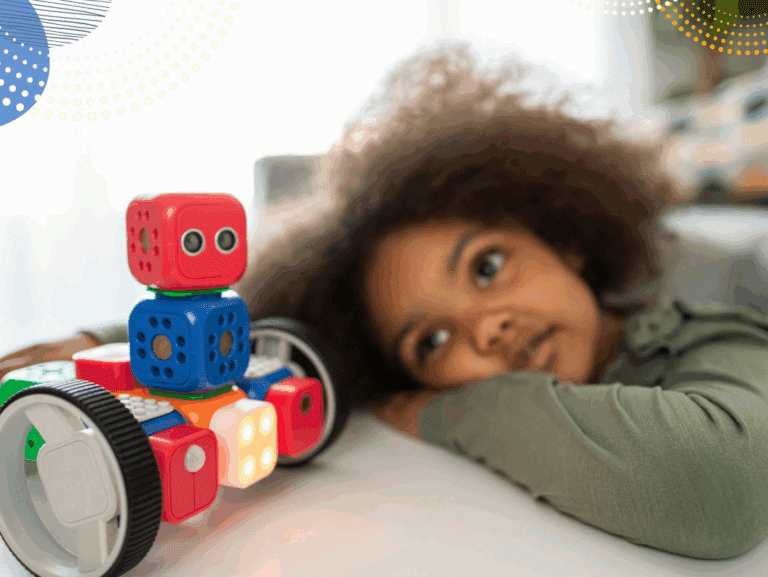
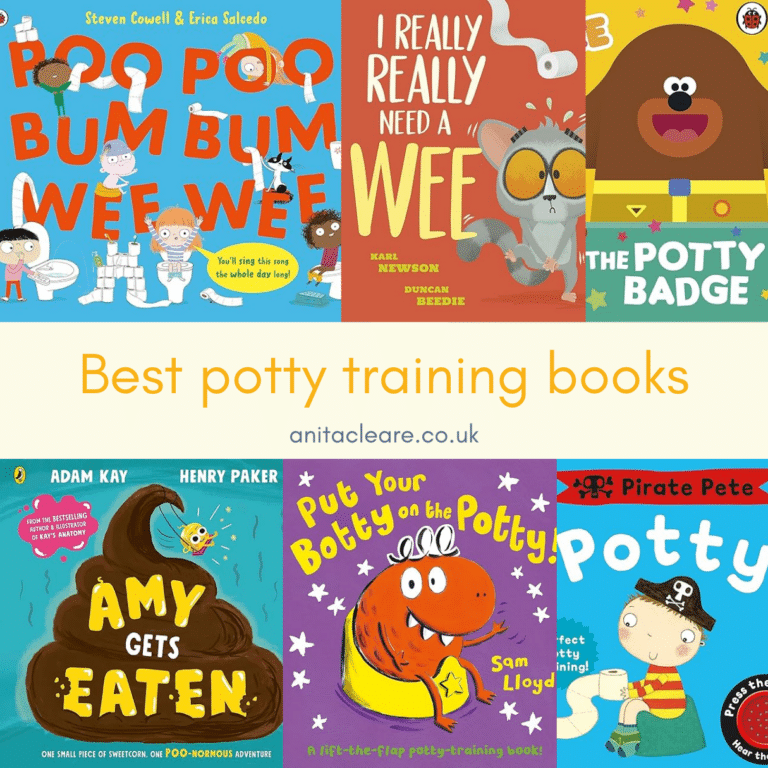

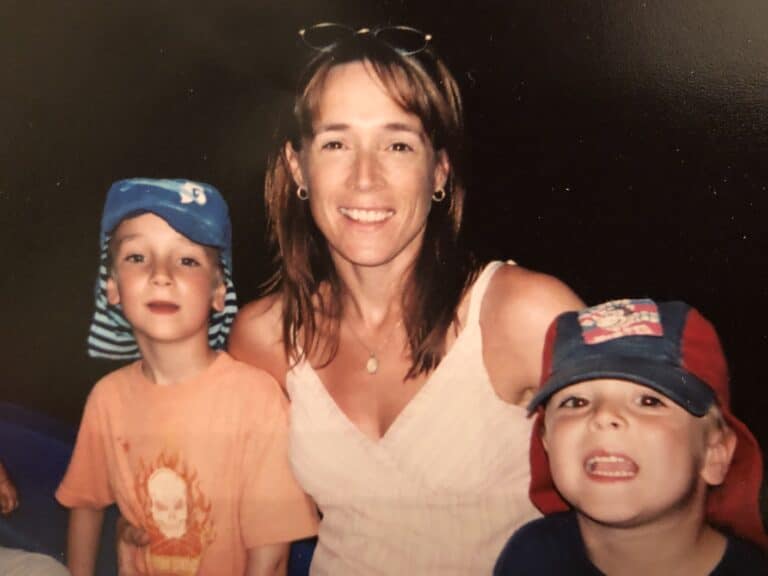
Oh my god, this is brilliant. Suddenly a lot of things make a LOT more sense…
Thanks Cathy, glad it helped! Because they have started looking a bit more like fully formed human beings (unlike newborns!) I think we often get lulled into thinking that toddlers actually are fully formed humans – but inside their skulls tells a very different story!
This is amazing – seriously I cannot tell you how much this has made me think. I have a fully formed toddler who sometimes I think is a fully formed adult. Thank you so much for sharing this and making me remember that everything about him is still growing. Thanks so much for linking up with #TwinklyTuesday
Thanks so much, Lisa, for such a lovely comment! I am really glad you found it useful!
Brilliant!! This is so relevant to me at the mo! I have twin 2 year olds and the colour of their cups is of SUPREME importance to them!!! As is stopping to look at the leaves EVERY time we walk out of the nursery door!!! LOL! Thanks for explaining — it makes a lot more sense now! #TwinklyTuesday
Caro | http://www.thetwinklediaries.co.uk
So glad you found it enlightening – toddlers are just endlessly fascinating, aren’t they!
A fascinating post – thanks so much for sharing Anita!
Thanks Talya, glad you found it interesting!
Very interesting! I think we all know these things on some level, but when we’re busy/tired/rushed or stressed we don’t have time to make allowances. It’s great to be reminded that our little ones are not being difficult for the sole purpose of being defiant or contrary. Great read!
Thanks Kate! They look like little people so we often think of them as little people when a more accurate description would be half-formed people!